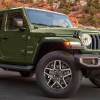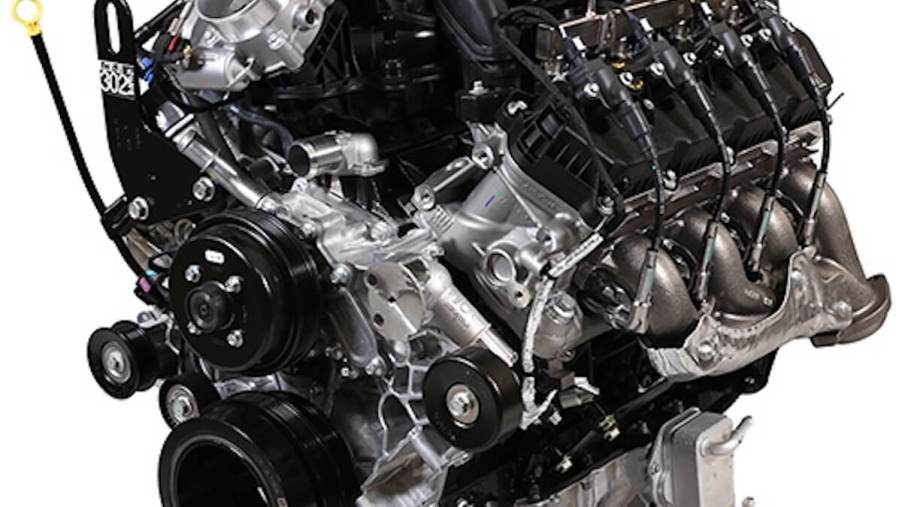
Big Engines Small Cars: Ford 7.3 Godzilla Stuffed in a Fox Body Mustang
It’s a true recipe for success, drop a big engine in a small car. And the ones we like the best at dimensionally large engines in relatively small little grocery getters. They’re a real-life parody on four wheels. That’s why we chose this interesting build where a Ford 7.3 Godzilla V8 is stabbed into a Fox body Mustang.
What kind of power does this 7.3 Godzilla engine make?
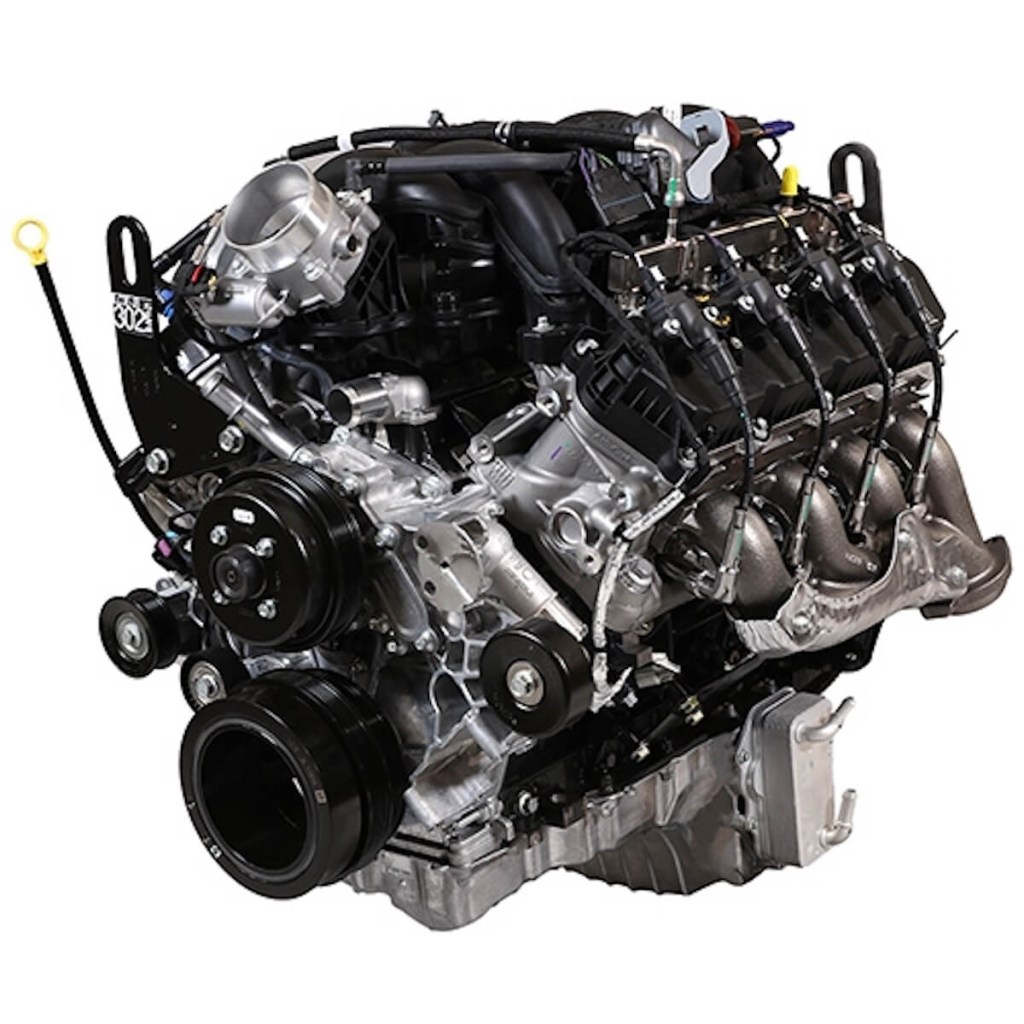
Former Ford Director of Global Engine Engineering Brian Wolf has much experience with Ford’s largest V8. He mixes a combination of factory and aftermarket bits to fashion this 1,450-hp monster. Chronicling the engine build for Engine Labs is writer Evan Smith, which we have condensed to show the highlights.
All Godzilla engines feature skirted blocks and heads, with 4.53 bore spacing and equally spaced intake and exhaust ports. It sounds like it is an LS, but it isn’t. In stock form, these brutes feature six-bolt main bearings and crank out 430 hp, and 475 lb-ft of torque. In the case of this build, that’s only a starting point.
What modifications were done to the 7.3 Godzilla engine?
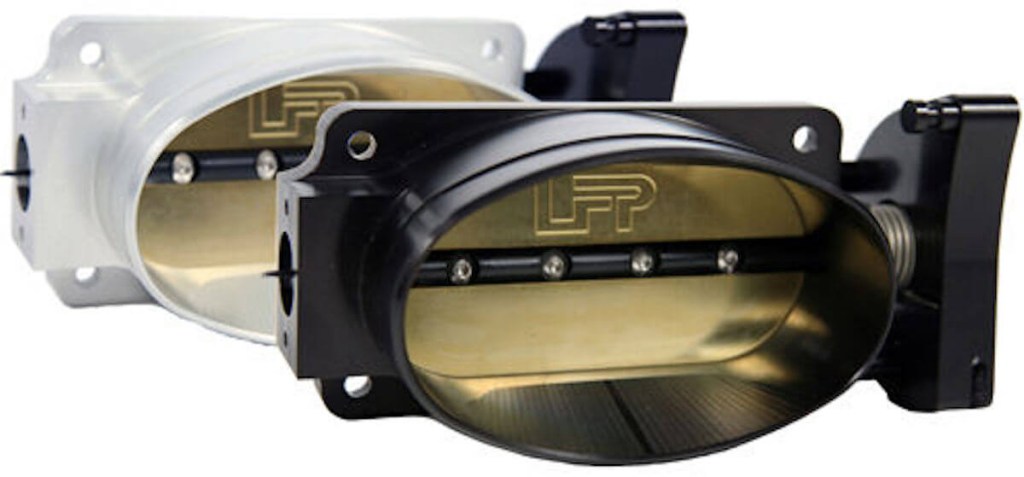
Utilizing the stock aluminum heads, the Godzilla is capable of 600 hp naturally aspirated with only minor cleanup to the heads. Adding head porting and huff, it can be capable of at least 1,450 hp. That meant a “toilet bowl” 105mm oval throttle body. Stock, these engines come with an 80mm throttle body. And remember, all of this horsepower comes from a factory stock block.
Taking things to the next stage, Wolfe did a complete rebuild using a lot of what the aftermarket offers. No need to replace the stock crank, as it’s forged steel. To it, he adds MGP aluminum connecting rods, Wiseco 12.5:1 compression pistons, Jesel solid lifters and rockers, and a Militia Performance roller cam.
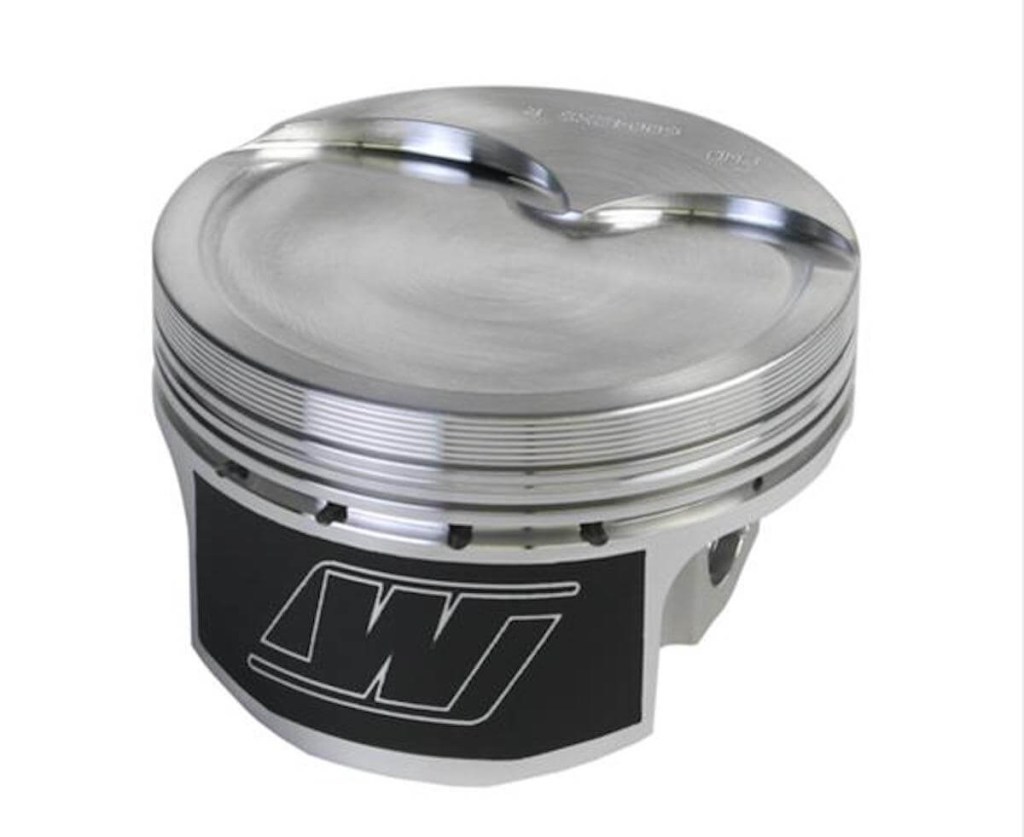
A set of Visner Engine Development heads get a light massage, which start as stock units. So the stock ports saw only light porting and no welding. They feature CNC porting, larger intake and exhaust valves, springs, and shaft rockers. Topside, a custom billet tunnel-ram-like intake was fabb’d to accommodate the larger throttle body. All of this netted almost 800 hp.
What added power did the Whipple supercharger make?
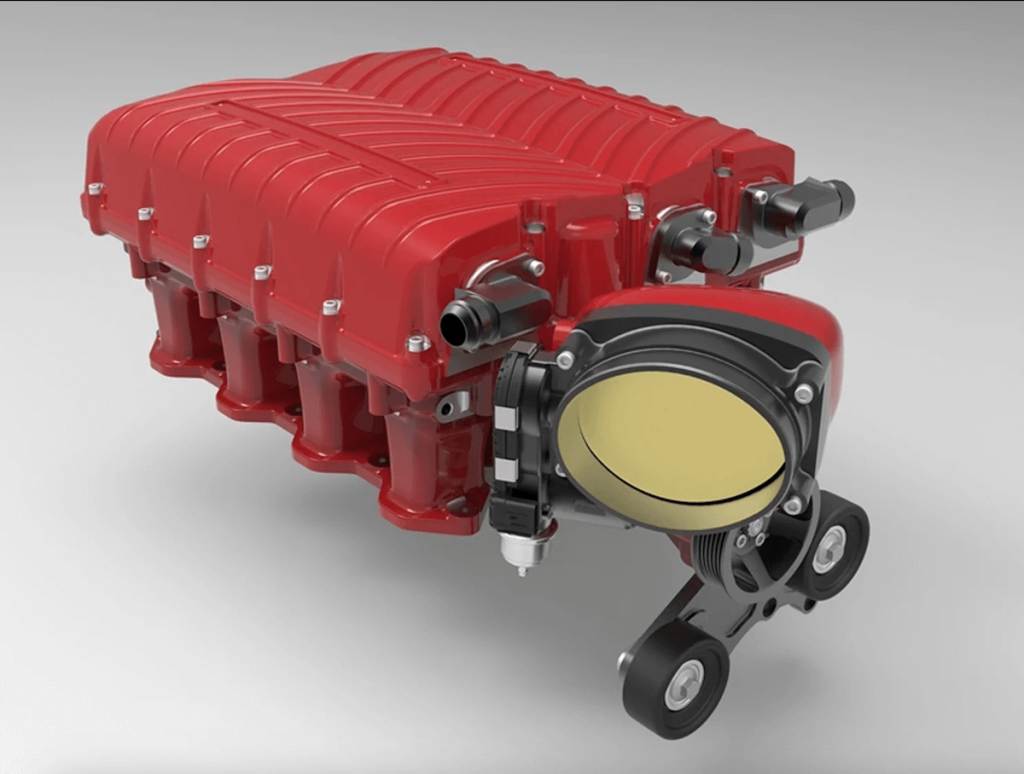
The next phase is a bolt-on, as in Whipple 3.0-liter supercharger with intercooler, like those found on Factory Showdown racers. This huffed 16 psi with 2.65-inch upper, and 8-inch lower pulleys. For added boost, a larger lower pulley would be a nice addition. A Daley Engineering dry-sump system105mm 1 increases oil effectiveness.
In this configuration, the engine hit 1,450 hp at 7,800 rpm, and 1,030 lb-ft of torque, again, with 16 lbs of boost. Wolfe told Smith there was still more blower speed in the Whipple. So overdriving the supercharger a bit more should add still more power. Ultimately, Wolfe thinks 1,600 hp still lurks within the F-150 truck Godzilla with just a few more tweaks and a bit more advance timing.
With 1,600 hp in a Fox-body Mustang, you can have a blast. But to get to that stage takes some serious coin. The most intriguing to us is the 800 hp version, where a lot of the stock components are part of the mix. Early Fox bodies ranged from 2,500 lbs to 2,900 lbs. Combine that with 800 hp and you’re sailing. Sounds fun!
